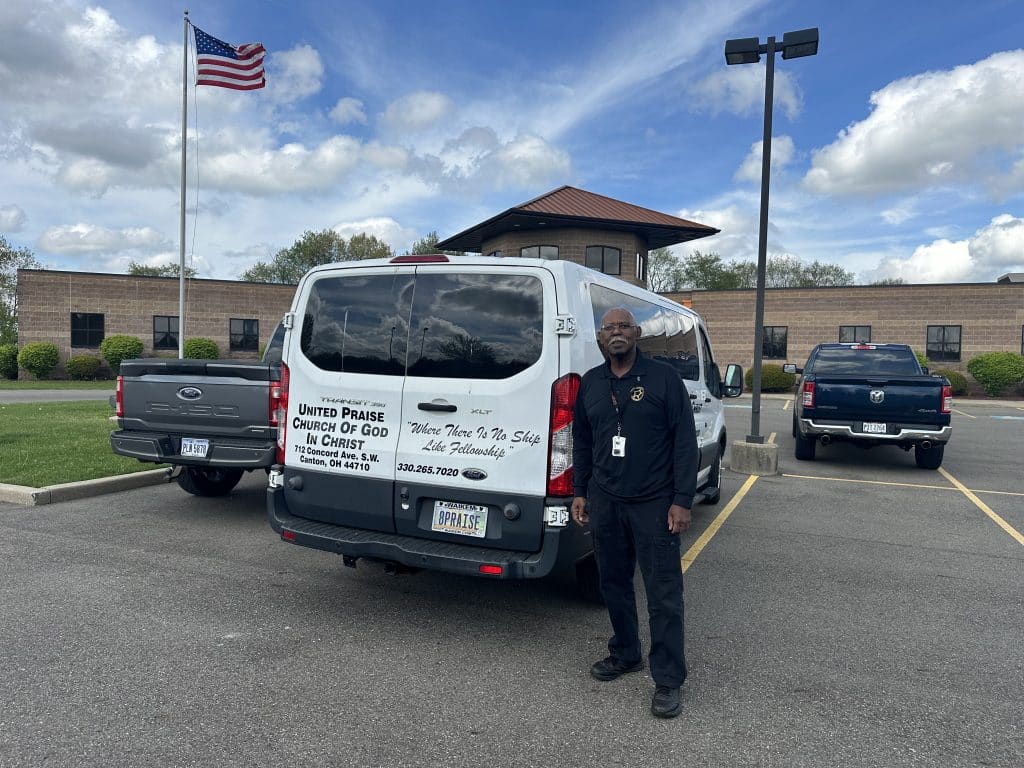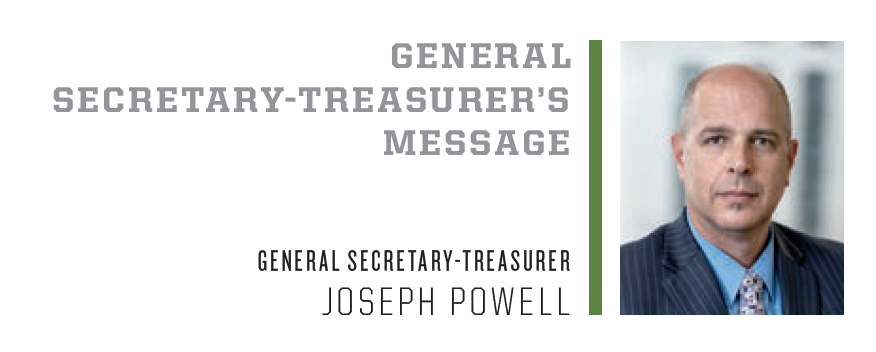Certain portions of a Railroad Retirement annuity are treated differently for federal income tax purposes. The following questions and answers explain these differences and address the importance of individuals establishing accurate tax withholding from their annuities. Certain beneficiaries, including those retiring at age 60 with at least 30 years of service, and some occupational disability annuitants, need to pay close attention to changes in tax withholding when they turn age 62.
1. How are annuities paid under the Railroad Retirement Act treated under federal income tax laws?
A Railroad Retirement annuity is a single payment comprised of one or more of the following components, depending on the annuitant’s age, the type of annuity being paid, and eligibility requirements: a Social Security Equivalent Benefit (SSEB) portion of Tier I, a non-Social Security Equivalent Benefit (NSSEB) portion of Tier I, a Tier II benefit and a supplemental annuity.
In most cases, part of a Railroad Retirement annuity is treated like a Social Security benefit for federal income tax purposes while other parts of the annuity are treated like private pensions for tax purposes. Consequently, most annuitants who are U.S. citizens or residents are sent two tax statements from the Railroad Retirement Board (RRB) each January, even though they receive only a single annuity payment each month. While non–resident aliens also receive a single monthly annuity payment from the RRB, they are only sent one tax statement from the RRB.
2. What information is shown on the Railroad Retirement tax statements sent to annuitants in January?
One tax statement, Form RRB-1099 (only sent to U.S. citizens or residents), shows the SSEB portion of Tier I or special minimum guaranty payments made during the tax year, the amount of any such benefits that an annuitant may have repaid to the RRB during the tax year, and the net amount of these payments after subtracting the repaid amount. The amount of any offset for workers’ compensation and the amount of federal income tax withheld from these payments are also shown.
The other tax statement, Form RRB-1099-R (also only sent to U.S. citizens or residents), shows the NSSEB portion of Tier I, Tier II and supplemental annuity paid to the annuitant during the tax year, and may show an employee contribution amount. The NSSEB portion of Tier I along with Tier II are considered contributory pension amounts and are shown as a single combined amount in the Contributory Amount Paid box (Item 4) on the statement. The supplemental annuity is considered a noncontributory pension amount and is shown as a separate item on the statement.
Non–resident aliens are sent one tax statement, Form RRB-1042S, which shows the information included on both Form RRB-1099 and Form RRB-1099-R.
3. Can annuitants request federal income tax withholding from their benefit payments?
Yes. Annuitants may request that federal income tax be withheld from their annuity payments. To add or change federal income taxes withheld from SSEB payments, an annuitant must complete Internal Revenue Service (IRS) Form W-4V, Voluntary Withholding Request, and send it to the RRB. To add or change the amount of federal taxes withheld from NSSEB payments, annuitants must file Form RRB W-4P, Withholding Certificate for Railroad Retirement Payments, (available at the RRB’s website, RRB.gov) and send it to the RRB. If an annuitant does not file a Form RRB W-4P with the RRB and the taxable annuity components exceed the IRS minimum mandatory withholding amount, taxes will automatically be withheld as if the annuitant were married and claiming three allowances. Railroad Retirement benefits are not taxable by any state, so state tax withholding from Railroad Retirement payments is not possible. Annuitants that wish to add or change federal tax withholding from their annuity payments may contact an RRB field office for assistance. While the RRB may provide the necessary forms for withholding, it is the annuitant’s responsibility to determine how much federal income tax withholding is needed. Annuitants are encouraged to discuss the amount of withholding needed with a tax adviser or the IRS.
4. Which Railroad Retirement benefits are treated like Social Security benefits for federal income tax purposes?
The SSEB portion of Tier I – the part of a Railroad Retirement annuity equivalent to a Social Security benefit based on comparable earnings and included on Form RRB-1099 (or Form RRB-1042S for nonresident aliens) – must be reported on an individual’s federal income tax return, and is treated for tax purposes the same way as a Social Security benefit. The amount of these benefits that may be subject to federal income tax, if any, depends on the beneficiary’s income. (To determine if any amount of the SSEB portion is taxable, please refer to IRS publication 915, Social Security and Equivalent Railroad Retirement Benefits.) If part of the SSEB is taxable, how much is taxable depends on the total amount of a beneficiary’s benefits and other income. Usually, the higher that total amount, the greater the taxable part of a beneficiary’s benefit.
5. Which Railroad Retirement benefits are treated like private pensions for federal income tax purposes?
The NSSEB portion of Tier I, Tier II benefits, and supplemental annuities – which are included on Form RRB-1099-R (or Form RRB-1042S for nonresident aliens) – are all treated like private pensions for federal income tax purposes. In some cases, primarily those in which early retirement benefits are payable to retired employees and spouses between ages 60 and 62, some occupational disability benefits, and other categories of unique RRB entitlements, the entire annuity may be treated like a private pension. This is because Social Security benefits based on age and service are not payable before age 62, Social Security disability benefit entitlement requires total disability, and the Social Security Administration does not pay some categories of beneficiaries paid by the RRB.
6. How are 60/30 annuity payments taxed?
A railroad employee with 30 or more years of creditable rail service is eligible for a regular annuity based on age and service the first full month he or she is age 60. The employee’s spouse is also eligible for an annuity the first full month he or she is age 60. These “60/30” annuity payments are taxed as follows:
- 60/30 annuity payments before the employee or spouse is age 62:All benefits paid to an employee before age 62 are considered NSSEB and are fully taxable and reported on Form RRB-1099-R (or Form RRB-1042S for nonresident aliens). This includes all Tier I and Tier II benefits and any supplemental annuity that might be payable. Spouse benefits are also fully taxable and reported on Form RRB-1099-R (or Form RRB-1042S for nonresident aliens) until both the employee and spouse are age 62.
- 60/30 annuity payments after the employee is age 62: Once the employee turns age 62, part of the Tier I benefit is still considered NSSEB, but some is now considered SSEB because equivalent Social Security benefits are payable at age 62. Since these equivalent Social Security benefits paid at age 62 would be reduced for early retirement, while 60/30 benefits are not reduced, the RRB computes the portion of the Tier I benefit comparable to that payable under Social Security, and reports the SSEB amount on Form RRB-1099 (or Form RRB-1042S for nonresident aliens). The SSEB portion of spouse benefits is calculated the same way, except the employee and spouse must both be at least 62 for spouse benefits to be considered SSEB.
- WARNING for 60/30 annuitants who begin receiving annuities before age 62: As noted previously, when the employee turns age 62 (or the spouse turns age 62, provided the employee is also at least age 62) the taxability of Tier I benefits changes from all private pension-equivalent benefits to a split between SSEB and NSSEB portions. For many annuitants, this means that the tax withholding in place will automatically decrease, and sometimes this change is significant. This is because any Form RRB W-4P on file with the RRB will not consider the SSEB portion of Tier I in the withholding calculation. In many cases, the SSEB portion will be subject to taxation because of the total amount of the annuitant’s income, and the decrease in withholding may result in an insufficient amount of taxes being withheld. Notices are released to annuitants advising of the change in the withholding amount, and they are encouraged to discuss the issue with a tax adviser or the IRS to determine the correct amount of withholding for them. Annuitants often need to file a new tax withholding election form with the RRB to increase withholding following this change, otherwise they may face a larger tax liability than expected when filing federal income tax returns the following year.
7. Are occupational disability annuitants subject to the same change in tax withholding at age 62?
Those occupational disability annuitants not qualified for a period of disability (also known as a “Disability Freeze”) as defined under the Social Security Act will similarly see the taxability of Tier I benefits change at age 62.
8. Where can an annuitant find more information about the taxability of Railroad Retirement annuities?
More information regarding the taxability of Railroad Retirement benefits can be found in RRB booklets TXB-25, Tax Withholding and Railroad Retirement Payments, and TXB-85, The Taxation of Railroad Retirement Act Annuities. These booklets are available at RRB.gov, or by contacting the RRB toll free at 1-877-772-5772.
Information is also available on the IRS website at www.irs.gov. To learn more about how SSEB payments, repayments and tax withholding amounts should be reported to the IRS, refer to IRS Publication 915, Social Security and Equivalent Railroad Retirement Benefits. For additional information about how pension payments, repayments and tax withholding should be reported to the IRS, or how NSSEB contributory amounts paid are taxed, refer to IRS Publication 575, Pension and Annuity Income, and/or IRS Publication 939, General Rule for Pensions and Annuities.



